 PLL bug transmitter
PLL bug transmitter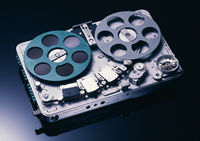 which has superior performance and outfit performance as this one...*smiling*
which has superior performance and outfit performance as this one...*smiling*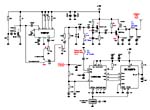 Let's start at the microphone which is a high sensitive microphone found in a cordless phone.
Let's start at the microphone which is a high sensitive microphone found in a cordless phone. 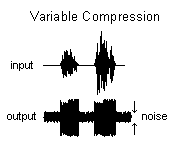
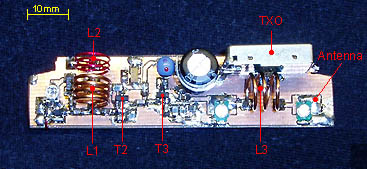
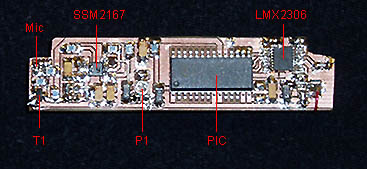
| bug_100.zip | PLL software to FM transmitter (the hex files are zipped!). |